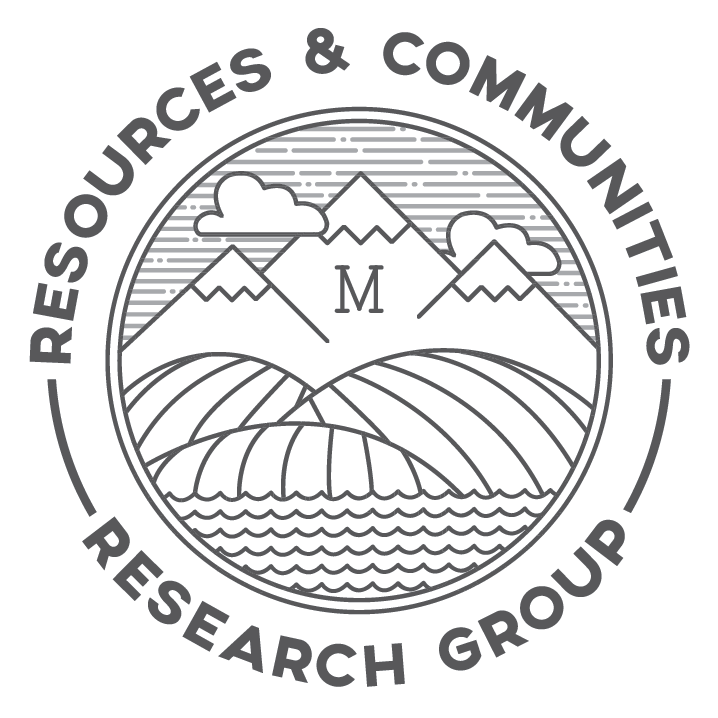A highlight of my recent trip to New Zealand was a field tour to Southland, an agricultural region in the far south of the South Island. Here I share photos from a field visit to a farm that has been reconciling its relationship to the natural environment at the same time that it has expanded and developed a viable agricultural enterprise. The farmers have just welcomed home one of their adult children and her family, and anticipate they will eventually assume the operation of the farm.
I did my post-doctoral research on the environmental history of the Mataura catchment (watershed) with a focus on how agricultural change was experienced by farmers and other users of the watershed, including Maori and non-Maori fishermen. I know from this work that the closer the Mataura gets to the ocean, the flatter its catchment area and the soggier its floodplain. Indeed, in the area we visited, growing grass depends on an extensive system of drainage ditches to hasten the runoff of all the water flowing through the landscape from upstream, as well as the 40 (!) inches of rainfall received in an average year.
Without extensive, continuous human effort, the area would be a swampy woodland. Farmers work constantly to maintain ditches and their fields, and a common job is “pulling sticks”—literally removing old wood working its way up into the farm field over time. Many of the farms, like the one pictured in this photo, are built on top of and are at constant risk of sinking back into, peat bogs. On this property, a remnant block of native bush served as the anchor upon which the farmers have expanded and experimented with finding a balance with nature.
The pictures below feature various shots from a walk around the property which was highlighted by visits to the regenerating bush and wetland blocks, climbs up the viewing stands built by the farmers to afford enjoyment of the incredible—but very horizontal—scenery, tips on enjoying the nectar from flowering flax, and a check of the traps set out to capture the pests that prey on native birds (stoats and others).











